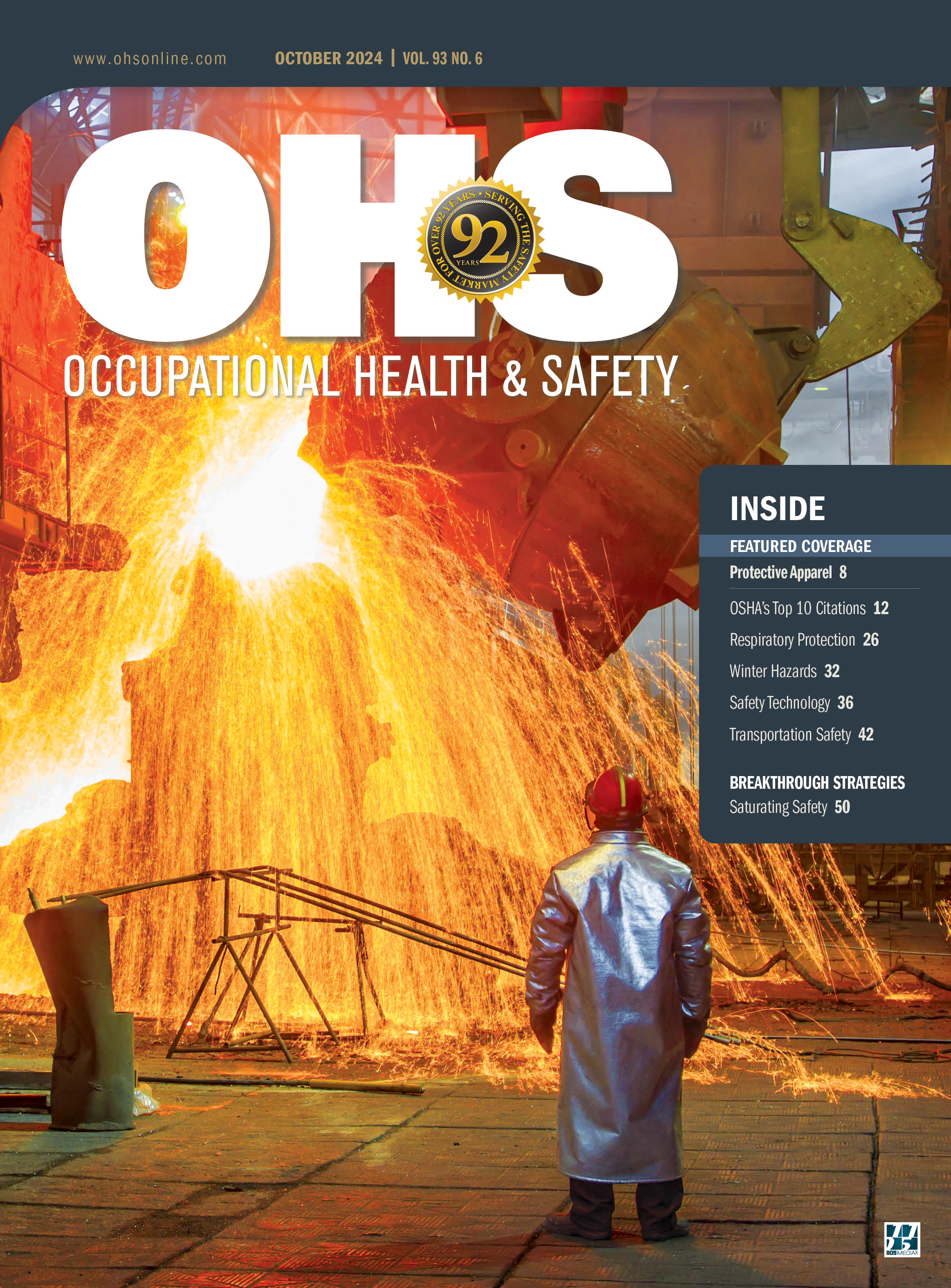
October 2024
Find these topics and more in the October issue:
- Protective Apparel
- OSHA Top 10
- IH: Hazard Communication
- PPE: Fall Protection
- PPE: Hearing Protection
- PPE: Respiratory Protection
- Respiratory Protection
- Training: Materials Handling
- Winter Hazards
- Workplace Safety Technology
- Confined Spaces
- Transportation Safety
- IH Instruments/Monitoring
CLICK HERE TO SUBSCRIBE.
Cover Story
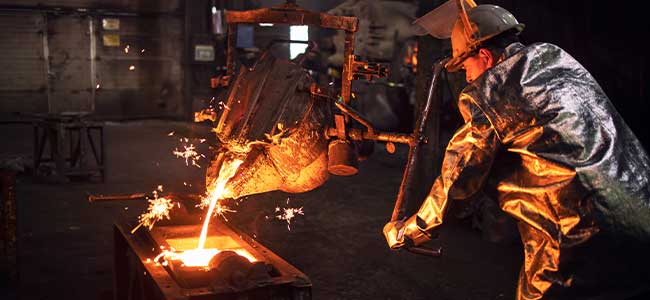
By Mary Ann Merikoski
How the right PPE protects from molten splash hazards.
Features
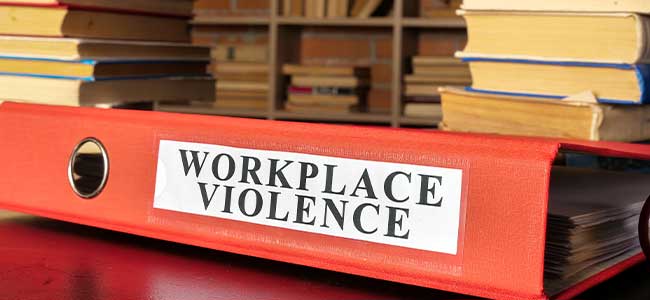
By Kerri R. Greene
California's SB 553 introduces comprehensive workplace violence prevention requirements, setting a benchmark for national and state-level regulatory efforts to ensure safer work environments.
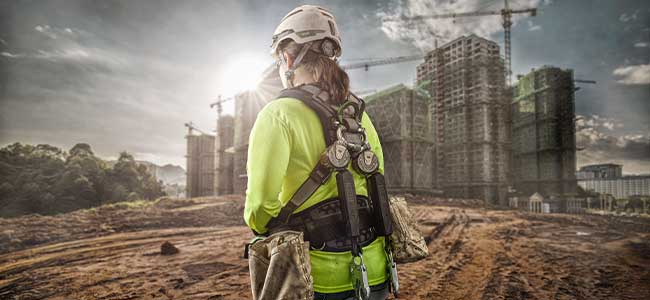
By Dennis Capizzi
Understanding types and classes of SRDs, leading edge vs. non-leading edge, solutions for aerial lifts and more.
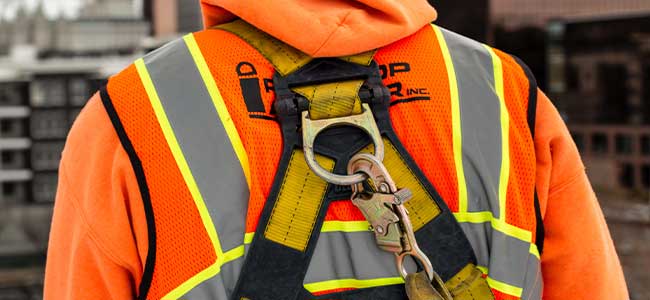
By Philip Jacklin
Choosing the right fall protection equipment is crucial for protecting workers at-height, but it is equally important that it is correctly used.

By Zack Braun
Understanding Intrinsically Safe Technology and how the future of safety lies in integrating these technologies with advanced monitoring systems.
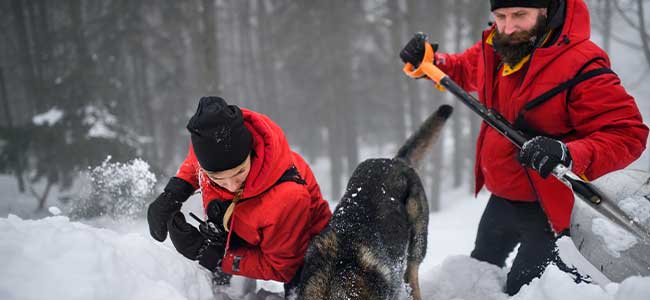
By Ray Prest
Like it or not, winter is coming. Are you ready for the snow, ice and — complacency?
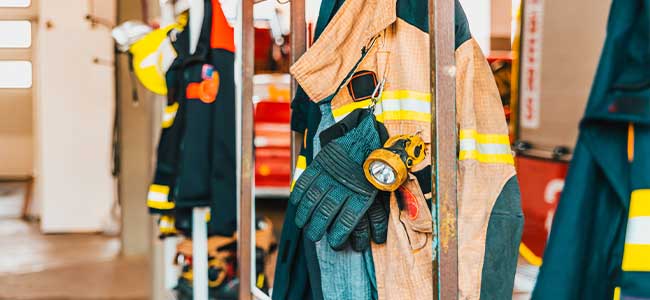
By Jeff DuLong
Safety managers must consider material quality, proper maintenance, and long-term cost-effectiveness to ensure optimal protection.
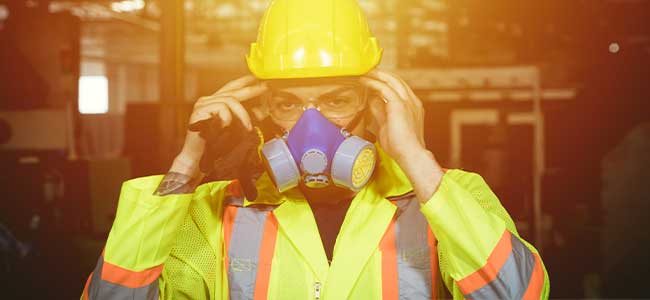
By Bart Eltz
What qualities and knowledge do respiratory protection program administrators need?

By Tim Turney
Weighing the pros and cons of the two major types of air quality analysis.

By Dante Moore
Connected monitoring helps facilitate immediate identification and response to potential hazards, improves accident prevention, and enhances compliance and safety.
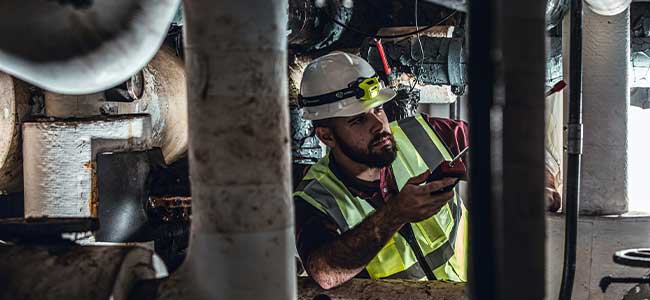
By Aaron Freund
From ultra-bright headlamps and feature-rich work lights to flexible scene lighting solutions, today’s portable lighting tools are more efficient than ever before.

By Doan Pendleton
Vacuum conveyors for bulk powder and solids transfer reduces the need for repeated enforcement and training for respiratory, ergonomic, fall and combustible dust safety.
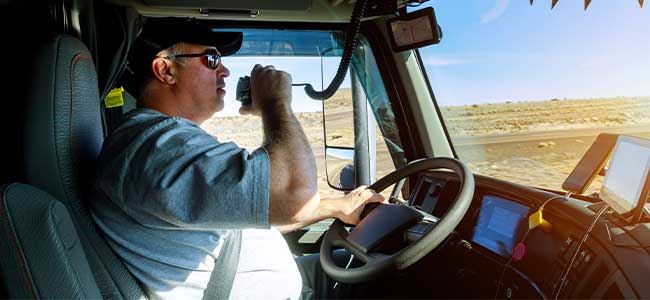
By Spencer McDonald
Beyond skills and knowledge: how attitudes and risk tolerance influence driving safety.
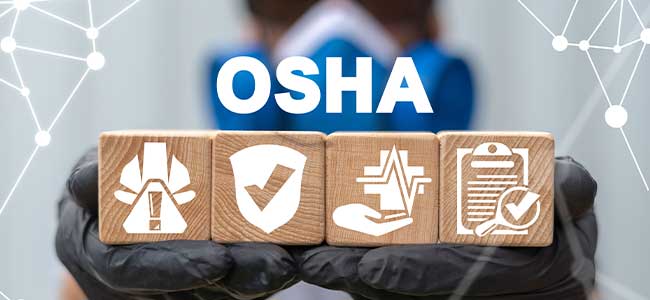
By Robert Yaniz Jr.
Let’s review each standard on this year’s list as well as OSHA’s guidelines and requirements.

By Christopher Sintic, Jon Hansen
Proper visual and auditory health are essential components of workplace safety, impacting not just individual workers but the entire workforce's well-being and efficiency.
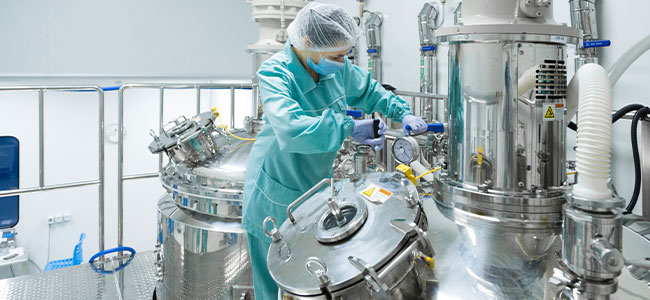
By Mia Barnes
To meet the demands of millions relying on prescription medications, the pharmaceutical industry must prioritize enhancing chemical safety and hazard communication standards to protect its workers effectively.
Departments
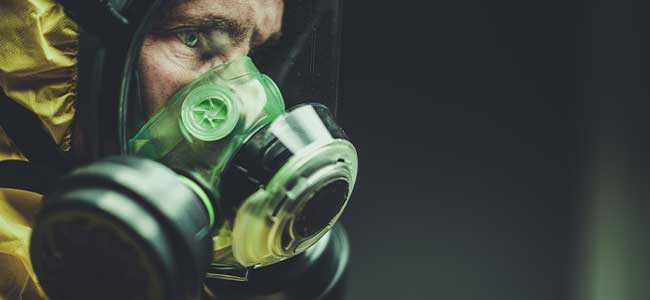
By Russ Bowman
Technological advances throughout the 20th century to today have made possible the elimination of many hazards in the workplace. For those situations where exposure to hazards is unavoidable, the use of PPE is a literal lifesaver.
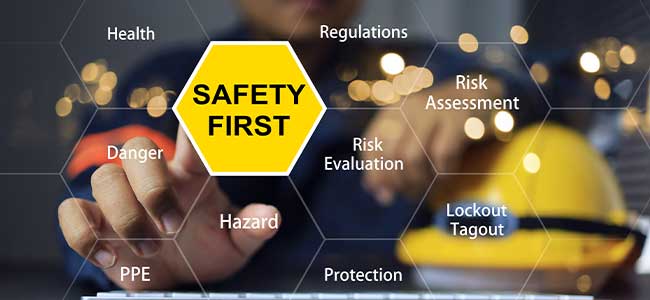
By Robert Pater

By David Kopf
AI promises much for workplace safety, but people remain the prime mover.